Tennis Elbow – Prompt diagnosis can have a huge impact on the prognosis
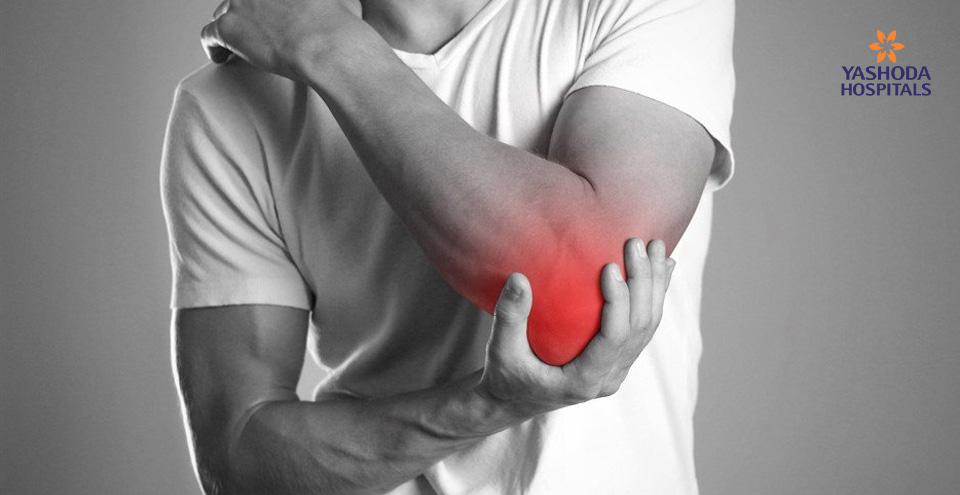
What is Tennis Elbow?
Tennis elbow, also referred to as lateral epicondylitis, is a condition wherein pain occurs while overusing the muscles in your elbow.
Symptoms
If the problem is left unattended to, Tennis elbow leads to chronic abnormal pain and weakness and the patient may be prone to different symptoms such as difficulty in:
- Shaking hands
- Holding a coffee cup
- Opening a doorknob
- Jobs that necessitate frequent hammering
- Raising your hands and setting straight your wrists stretch
Causes
As the name indicates, playing tennis i.e. frequent use of the backhand stroke with poor technique could be the possible reason for tennis elbow. Otherwise, the following major and minor outdoor and indoor activities as well as sporting events too result in tennis elbow, including:
- Painting
- Using plumbing and carpentry tools
- Slicing cooking ingredients like vegetables, meat
- Racquetball
- Fencing
- Squash
- Weightlifting
Risk Factors and Complications
Aggravation of the injury can result in major complications such as hemorrhaging and piling up of calcium deposits into the tissues.
The following three risk factors contribute to the risk of tennis elbow:
- Age: Though tennis elbow impacts people across all ages, it is mostly evident in adults between 30-50 aged people.
- Occupation: People from the trading community of plumbers, carpenters, butchers and cooks are involved in repetitive motions of the arm and wrist are more likely to be affected with tennis elbow.
- Certain sports: Taking part in racket sports could seriously enhance the risk of tennis elbow, specifically if you are poor in stroke techniques.
Tests and Diagnosis
Usually, orthopedic hospitals in Hyderabad doctors diagnose the condition of the patient based on the narration of his symptoms and conducting physical tests to the affected portions of the patient. However, an MRI or X-ray may be conducted to fathom the other possible reasons behind pain and inflammation.
The doctor may take up a thorough exam asking you to stretch your arm, wrist and elbow to check where it hurts.
Treatment
In most number of instances, tennis elbow will get healed on its own with a good rest. The below-mentioned treatment methods will help in coming out of the spell of tennis elbow:
- Icing the elbow to alleviate pain and swelling so that there will be an increase in blood flow. You need to practice it for 20-30 min once in every 3 to 4 hours or until the pain disappears.
- Extra-corporeal shock wave therapy to fuel tendon healing.
- Getting covered with elbow splints to halt the elbow and lessen repetitive trauma.
- Wearing a counter-force brace to take strain off the tendon.
- Taking anti-inflammatory medications like ibuprofen, aspirin or naproxen will help in giving relief from pain and swelling. However, these medicines should be used sparingly as they can cause side effects such as bleeding and ulcer. In the process, the healing progress will slow down.
- Practicing different motion exercises 3-5 times daily to bring down stiffness and enhance flexibility.
- Undergoing physical therapy to fortify and stretch the muscles. Taking injections of painkillers to get a temporary relief from the swelling and pain surrounding the joint.
When there is a gravity of the problem, surgery may be called for to remove the damaged section of tendon and repair the remaining tendon.





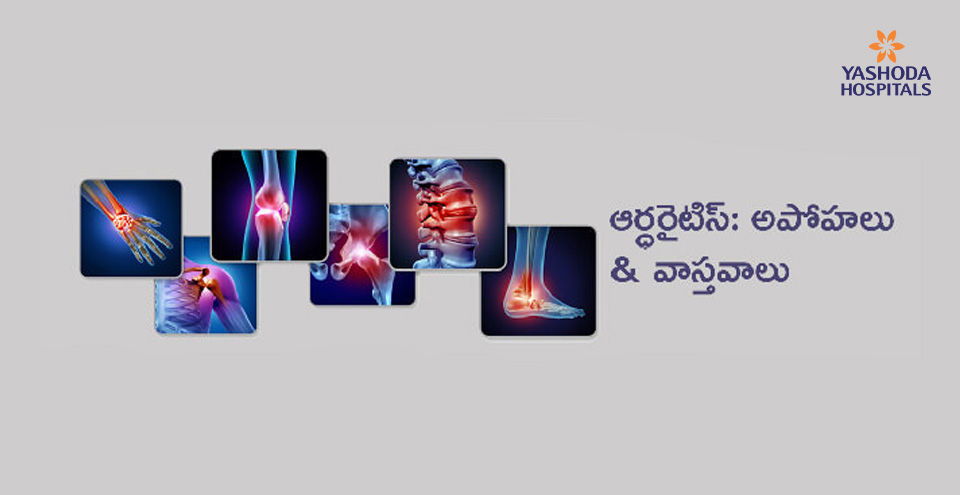
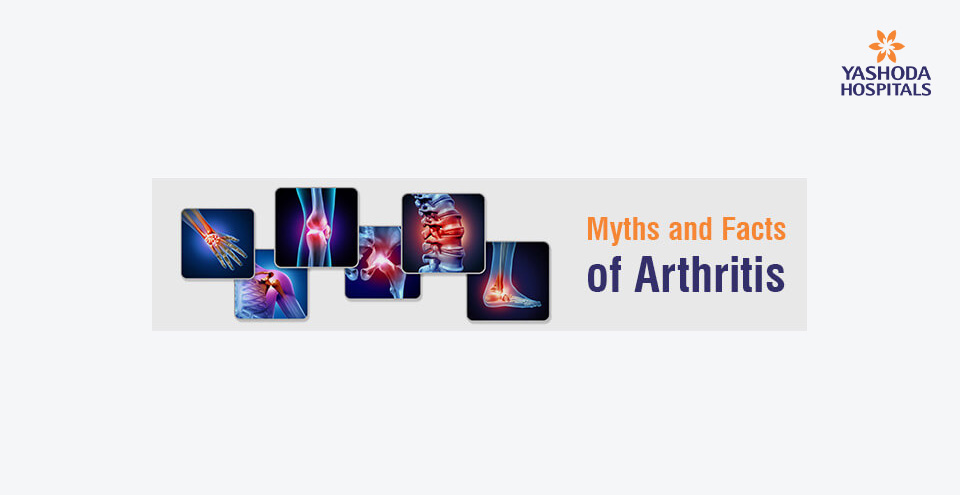
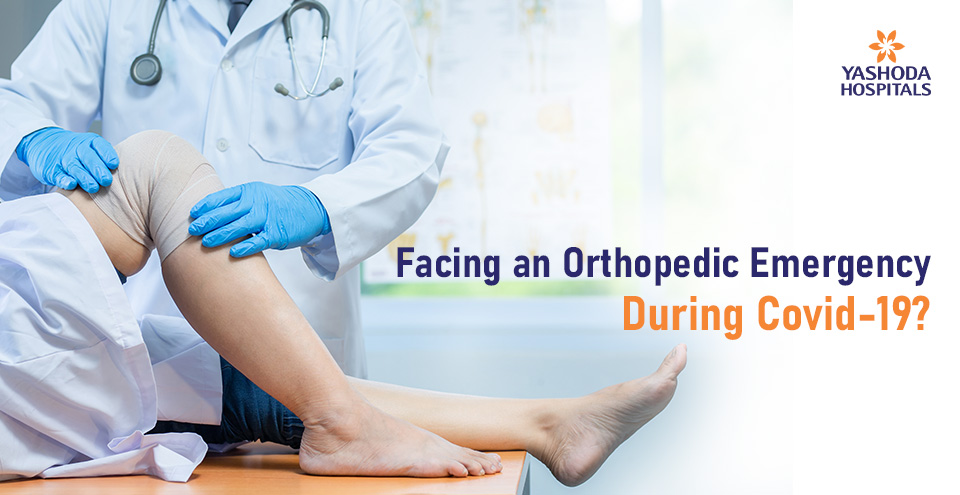

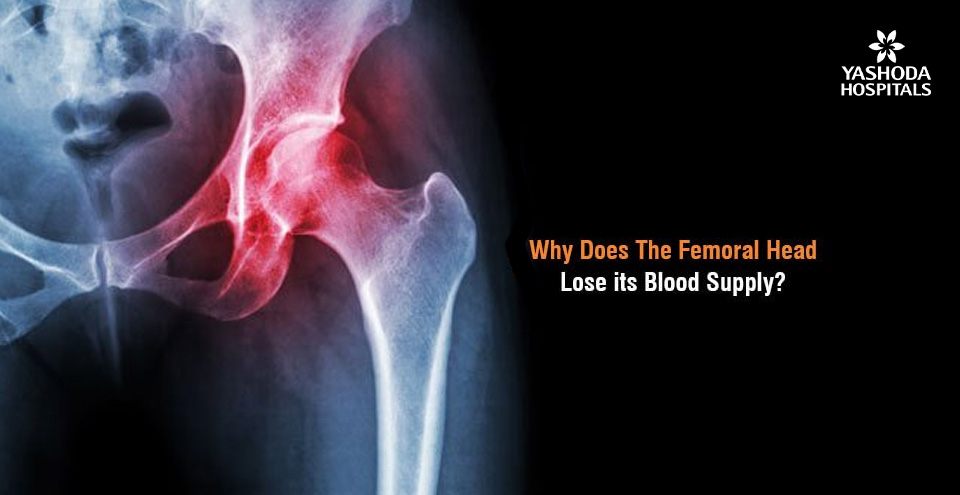

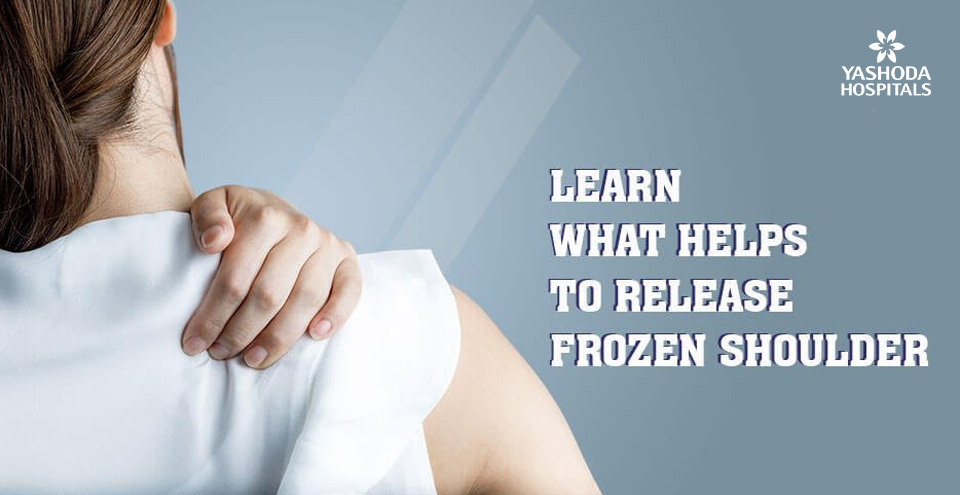
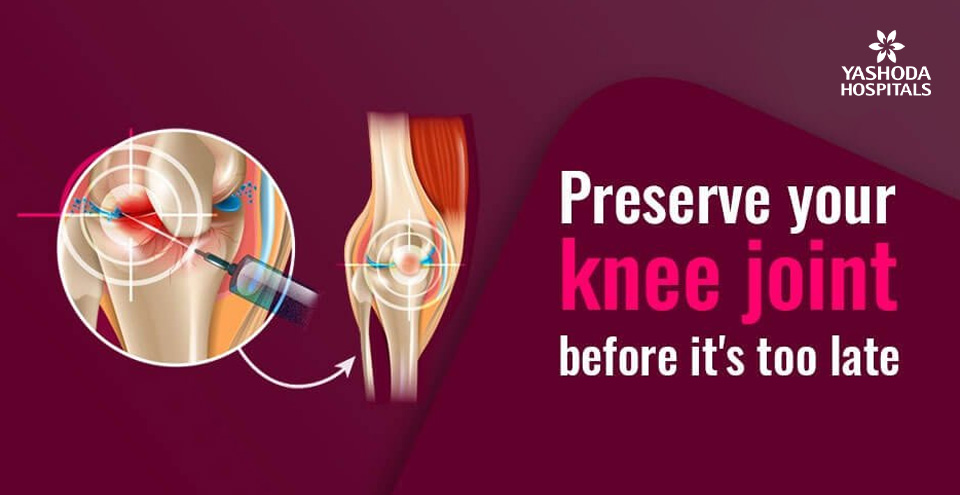
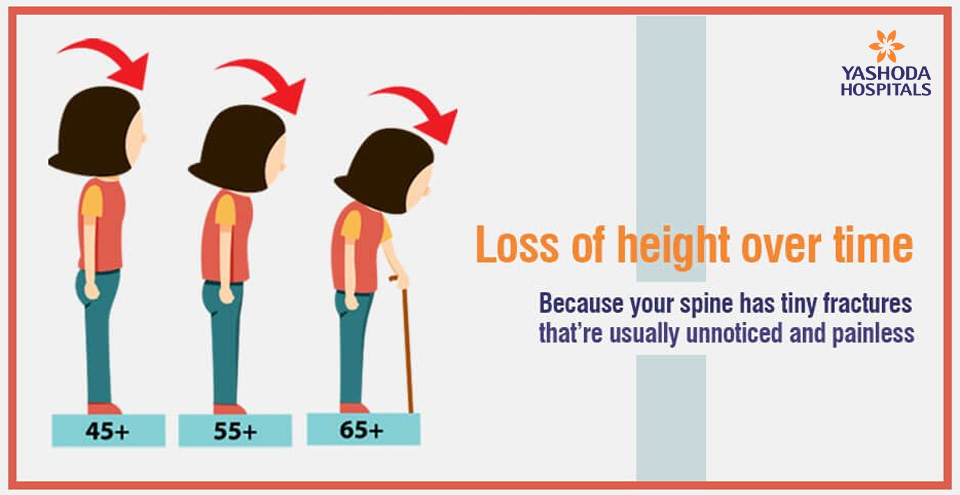
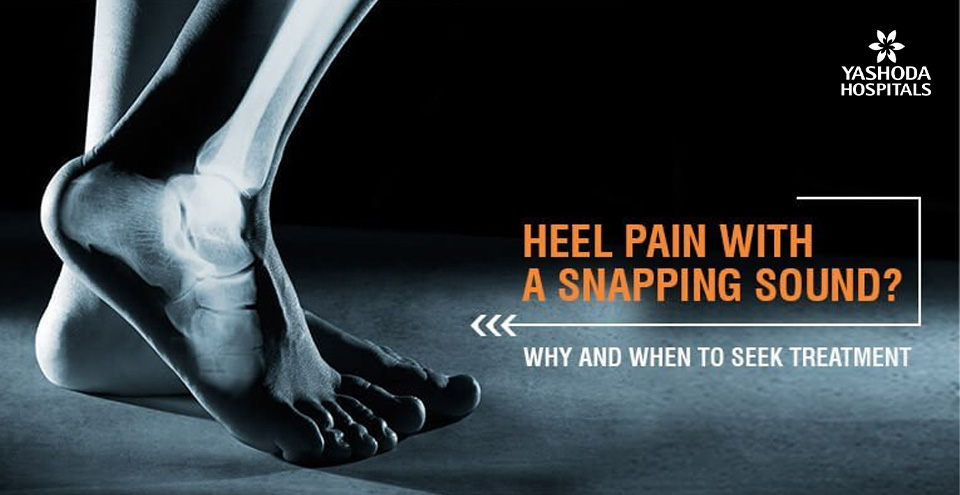

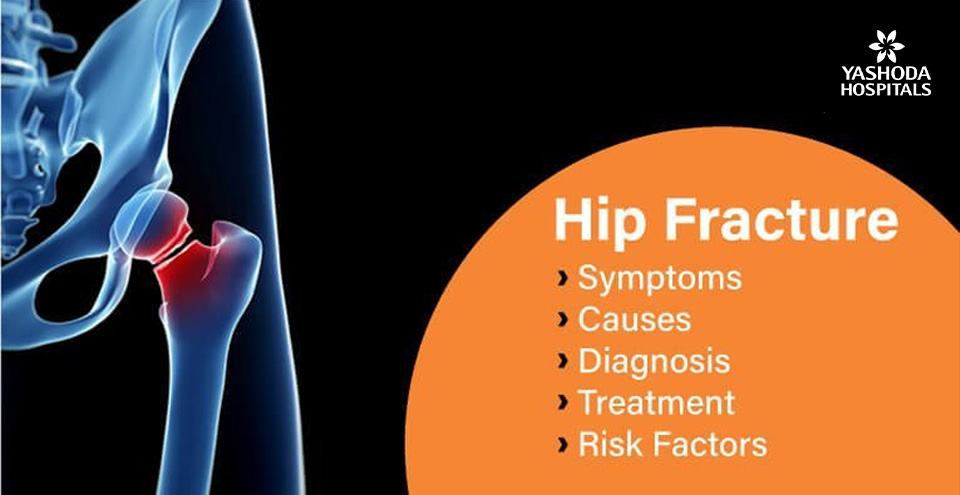





 Appointment
Appointment WhatsApp
WhatsApp Call
Call More
More